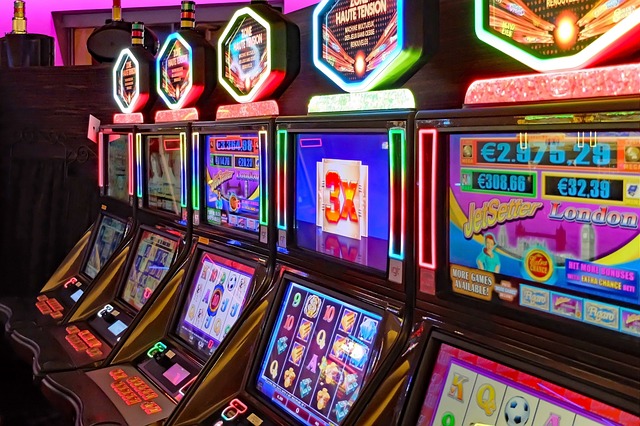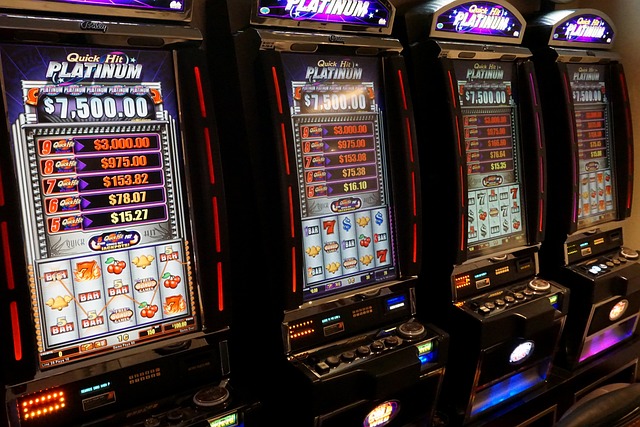Grid-based slot machines have surged in popularity, thanks largely to their use of “cluster pays” instead of traditional paylines. Unlike classic slots where wins come from lining up symbols across fixed lines, cluster pays reward groups of identical symbols that touch horizontally or vertically. This simple shift changes the psychology of play. The visual impact of large blocks exploding, cascading new symbols into place, and triggering multipliers creates a sense of momentum that traditional reels rarely match. Every spin feels less like a binary win or loss and more like an unfolding puzzle, keeping players engaged through curiosity and suspense. Add in vivid animations, combo mechanics, and escalating bonus rounds, and grid slots become a near-perfect storm of stimulation. To understand their addictive pull, it helps to look at how mechanics, psychology, and design all converge.
How Cluster Pays Mechanics Work
In cluster pay slots, wins are calculated by counting how many connected symbols form a group. Typically, a minimum of four or five identical symbols must touch to trigger a payout, though larger clusters yield disproportionately bigger rewards. Once a cluster forms, it disappears, allowing new symbols to cascade into the grid. This creates chain reactions where one win leads directly to another, often with multipliers stacking as cascades continue. The result is gameplay that feels dynamic and layered, more akin to a puzzle game than a classic reel. Because every symbol drop holds potential for additional clusters, each spin stretches further in time and suspense. This mechanic fuels engagement by extending the “action window,” meaning you experience more anticipation and more micro-rewards from a single bet.
The Psychology of Chain Reactions

The addictive quality of cluster pays lies in the human brain’s response to chain reactions. Each cascade creates intermittent reinforcement, the same principle that keeps people glued to puzzle apps or social games. A single spin can deliver multiple small wins, punctuated by the hope of a bigger payout if the chain continues. This rolling suspense activates dopamine pathways associated with unpredictability and reward. Near misses—clusters that almost link but don’t—also sustain engagement, as the mind interprets them as progress rather than failure. Combined with colorful visuals and celebratory sound effects, these mechanics create a “just one more spin” mindset. Players feel like they are actively participating in a process rather than passively watching reels, blurring the line between gambling and interactive entertainment.
Design Tricks That Amplify Engagement
Cluster pay slots are engineered to maximize sensory stimulation. Exploding clusters are paired with animations, flashing lights, and rising sound cues that mimic video game achievements. Multipliers often appear visually larger, highlighting the potential for exponential growth as cascades stack. Bonus features, such as free spins or “cluster wilds,” further heighten anticipation by promising even bigger chain reactions. Many providers also incorporate themes tied to adventure, candy, or mythology, giving players narrative hooks to follow. The design encourages extended sessions because no two cascades look the same, creating endless variety. By keeping players visually and emotionally invested, the game makes time feel compressed. This is why grid slots often seem more entertaining and fast-paced than their reel-based counterparts, even when the RTP is similar.
What It Means for Your Bankroll

While cluster pays can deliver excitement, they also carry risks if not approached with discipline. The extended play per spin means you may lose track of how much you are wagering over time. Frequent small wins can mask the drain on your bankroll, as you feel rewarded even when the net balance is negative. High volatility in some cluster slots means long stretches of small cascades punctuated by rare but massive wins, which can test patience and bankroll depth. To play responsibly, set a clear budget and session limit before starting. Enjoy the entertainment value of the cascading mechanics but avoid chasing the thrill of one “perfect chain.” Understanding how the system creates the illusion of progress helps you stay grounded and treat cluster pays as fun, not as a reliable strategy.
